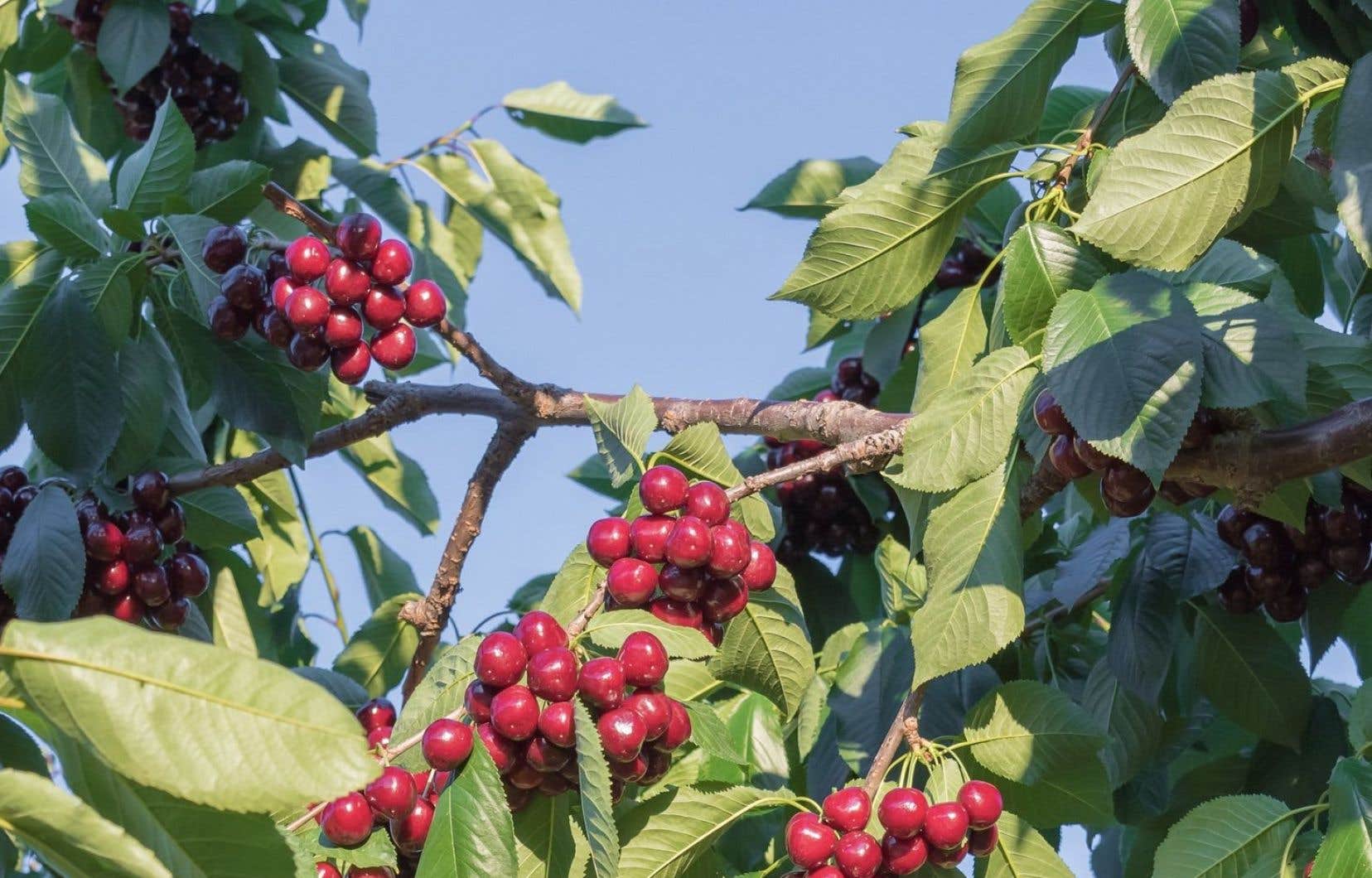Environment Canada issued several heat warnings Tuesday for a vast area stretching from British Columbia to the Ontario border. The Okanagan Valley in Western Canada is particularly suffering from the scorching temperatures. Cherry farm owners and their employees are getting used to the increasing frequency of these events as best they can. Temperatures between 34 and 37 degrees Celsius are expected from Wednesday to at least Monday.
“The hardest part is when the temperature doesn’t drop much at the end of the day,” explains Sophie LeBlanc, a picker in Oliver for three years. “This year, I’m sleeping in my car instead of in a tent, and yesterday, for example, I had to go outside at one point to sleep in an outdoor hammock. My hair was wet as if I had just come out of the shower.” The accumulated fatigue makes her work the next day much more difficult.
And that’s what awaits Okanagan workers for the rest of the week: the very high temperatures during the day won’t drop enough at night to give these pickers a break, who sleep right on their worksite. “We’re developing tactics. Some are setting up fans in their tents, and we’re rinsing ourselves off with cold water before going to bed,” explains Sophie LeBlanc.
Employees are encouraged to work ahead of schedule during periods of high heat by climbing the picking ladders as early as 2 a.m. or even midnight, rather than 4 a.m. They can also decide not to show up on their own, with no consequences from the producer. Pickers are paid by the quantity picked rather than by the hour.
According to Kavan Mann, owner of SM Produce Farm in Oliver, absences due to the heat are rare. “It’s harder on them, but people don’t get discouraged,” he said.
As the beginning of the season was very difficult due to the mild weather, which had allowed the trees to blossom, and the violent frost which followed and suddenly ruined the spring work of a large majority of cherry trees, the fruits are rarer this year, and the pickers are looking more for work than rest.
“We’re obviously worried about the decades to come,” says Kavan Mann, 26. “With the impacts of climate change becoming more and more apparent, we’re wondering whether our children are going to be able to live the same kind of lives we did on this land. We really don’t know.”
Heat waves, while not ruining the harvest, accelerate the ripening of cherries, and they sometimes become ready for consumption at the same time as those from American farms, for example. This lag creates fiercer competition on the market and unbalances the supply and demand system. “We can’t just start giving away our cherries,” laments Kavan Mann. Different varieties of trees are tested to vary ripening times and assess their ease of maintenance. The unprecedented heat dome of 2021 sounded the first alarm for producers, who have been actively looking for solutions ever since.
“We are worried, but at this point in the season, there is nothing we can do,” says the owner, who seems to take each day philosophically. “What is certain is that we will find a way to adapt,” he adds, explaining that a technique involving plastic tarps keeps the fruit safe from weather hazards such as heavy downpours, and therefore maximizes harvests when possible.
